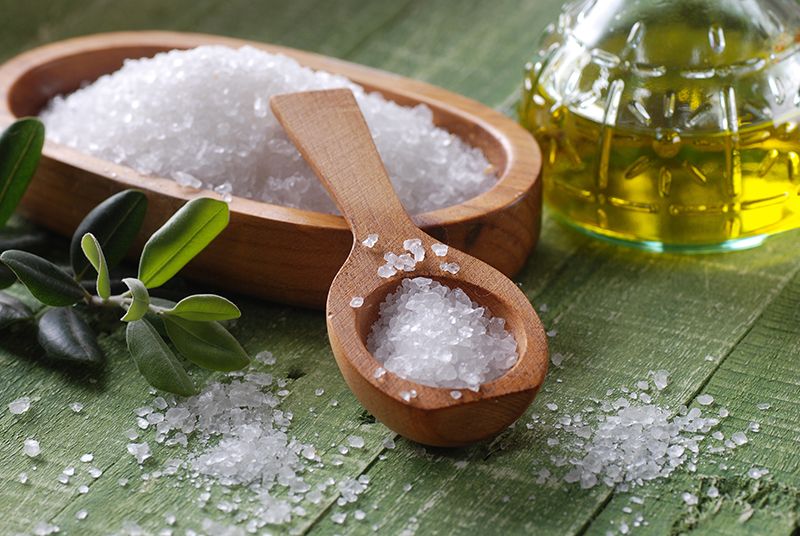We spent a lot of our time fixing moisture issues for commercials spaces and private residences throughout Colorado. Much of our time is spent preventing moisture from entering your home, and fixing gutter systems and drainage to deflect moisture. But, when it comes to your Thanksgiving turkey, all of our instincts get tossed out the window and we spend the day desperately trying to keep the moisture from escaping our turkey.

So, for one day only, Metro Reconstruction is going to help you hold onto as much moisture as possible so you can wow your guests with the juiciest turkey on the block.
If you’re buying and cooking a fresh turkey for Thanksgiving, you’re already way ahead of the game as far as keeping your bird moist. When you freeze a turkey, you are damaging the cells that hold on to moisture. As the turkey thaws, the damaged cells leak moisture increasing your chances of serving dry turkey meat.
If you’re staring at a frozen turkey thinking, “Thanks, Metro Reconstruction, you couldn’t have told me this a month ago when I pre-bought my turkey?”Don’t worry, just because you have a frozen turkey doesn’t mean you’re going to have a dry turkey. There’s still hope. You just need to reach for the salt and help your turkey hold onto those juices.

Salt will help you keep the juices inside your turkey
Salt is an expert at drawing out and retaining the moisture in your turkey. Plus, once the salt melts into the moisture, it creates a delicious brine that will continue to moisten your turkey as it roast in the oven. Rub the salt all over your turkey, as well as under the skin around the breast meat. But don’t over-do it, too much salt isn’t good for you, so make sure you’re using just enough to add flavor and keep in the moisture.

You can also create a salt water brine ahead of time and soak your turkey for maximum moisture. And, for added moisture and flavor, take some soft butter and rub it under the skin.
And, keep an eye on your turkey and keep a good meat thermometer handy. The best way to make sure your turkey isn’t over-cooking is to take its temperature regularly. Once the breast reaches 165 and your thighs 180 degrees F. your turkey is good to go.
Now all you need to do is let it rest so that all the juices will even distribute throughout the bird and you’re ready to give thanks and eat yourself silly.





